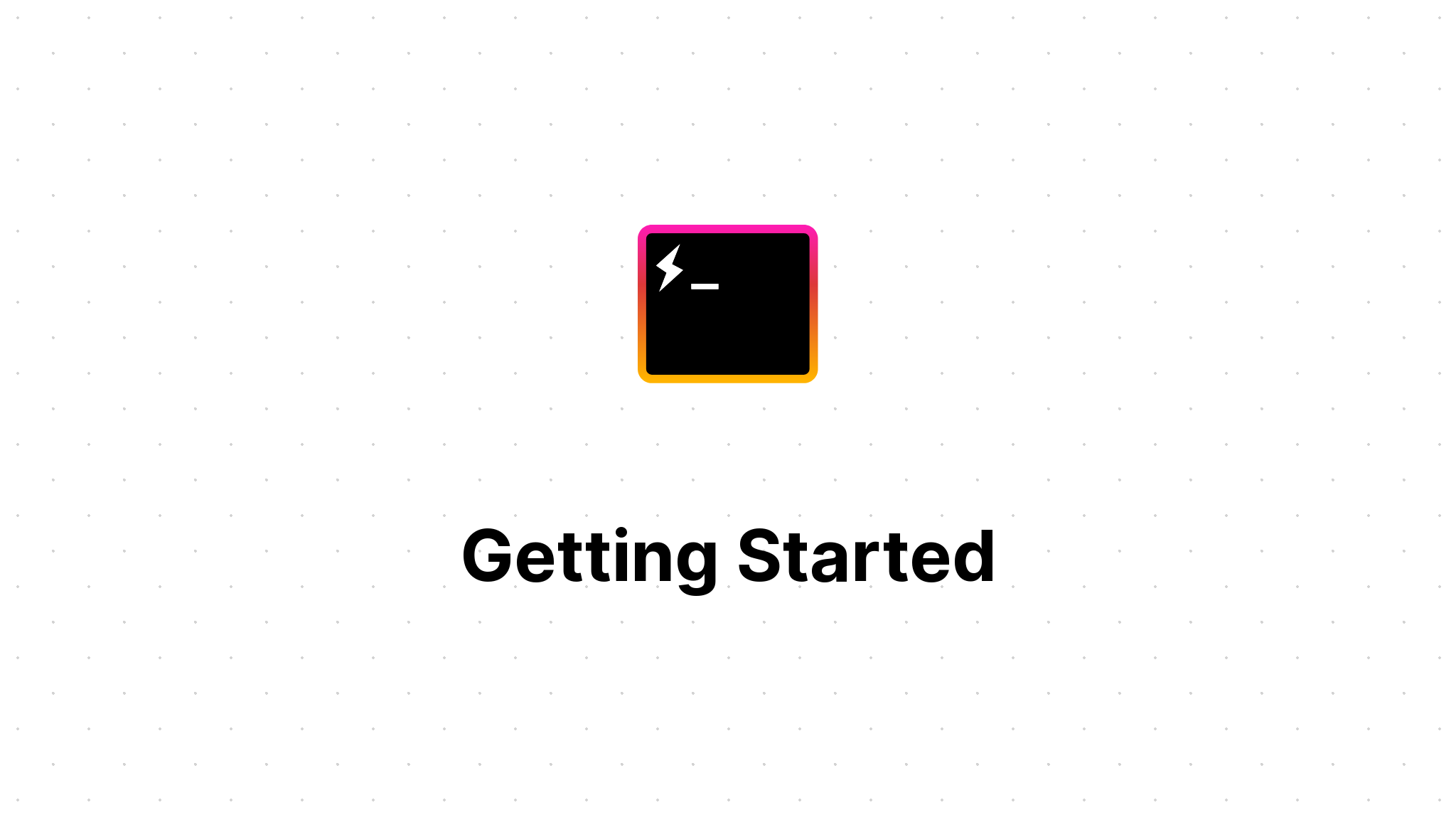Getting Started
Thanks for checking out my blog template. It’s based on the blog I built for my own website and I hope this is a good starting point for you to start yours.
Let’s go over a few quick things:
This template was built with
@sveltejs/[email protected]The theme of this blog is heavily borrowed from Tailwind’s “Spotlight” blog template. This is not a port of that template, but the styling is pretty much the same.
You should edit the
src/lib/info.jsfile to contain your information. This will properly update the parts of the website that display your name, social links, and SEO (meta tags) for your posts.
Now that that’s out of the way, let’s learn about how to make posts.
Creating a Post
All of your posts (including this one) are located in the posts folder. They are written in markdown and parsed with mdsvex. If you’re unfamiliar with mdsvex, I would recommend looking at the website to see what is all possible out of the box.
You can add a new post by creating either a new .md file or a folder with an index.md file:
/posts/my-first-post.md
/posts/my-first-post/index.mdMake sure your posts have title and date properties in the front matter:
---
title: My First Post
date: 2021-07-09
preview: This text will be used for the preview instead of the first paragraph
---
(your content here)The preview property is optional, in case you want to customize the preview text. If not provided, the first paragaph of your post will be used instead.
Rendering Posts
Each individual post is rendered at src/routes/post/[slug]. You’ll notice the route has 3 files:
-| +page.js
-| +page.server.js
-| +page.svelteThe metadata for the post is loaded in +page.server.js. It is then used in +page.js to import the post’s markdown file. After that, both the post and its metadata are passed into +page.svelte to be rendered.
There are some basic meta tags setup for SEO and social media sharing, including a generated open graph image (courtesy of og-image.vercel.app).
Feel free to customize this page as you see fit. I included some nice-to-haves like a table of contents and links to the next and/or previous posts.
Getting Posts
Your posts can be retrieved via import { posts } from '$lib/data/posts'. They are automatically sorted from newest to oldest and contain the metadata for each post.
$lib/data/posts should only be imported in *.server.js files. It uses some APIs that only work server-side, so it will throw an error if you try to load it on client-side code. (It also is the data source for every post on your website, so you wouldn’t want that being bundled with your client code anyways!)
If you wish to render an entire post, you will need to import the .md file directly (as done in src/routes/post/[slug]/+page.js).
Theme
Most of the site is themed using Tailwind’s typography plugin. You can view the configuration in tailwind.config.cjs. As mentioned at the beginning of this post, the overall theme is taken from Tailwind’s “Spotlight”.
If you wish to change the theme of your code blocks, you can edit the src/prism.css file. Prism themes can be found here.
function helloWorld() {
return 'Hello World'
}Mdsvex Plugins
I’ve added some mdsvex plugins to support a few extra things (check out the mdsvex.config.js file).
Videos
.mp4 and .webm videos are supported just like images.
Relative URLs for Images and Videos
The mdsvex-relative-images plugin allows loading images or videos with a relative path. This is particularly nice for grouping images with the post under the same folder.
Deploying
You can deploy this like you would any other SvelteKit project. It uses the auto adapter by default.
See the SvelteKit docs on adapters
That’s it!
I think I’ve covered most of the important stuff. If you have any questions, suggestions, or problems feel free to open an issue.
